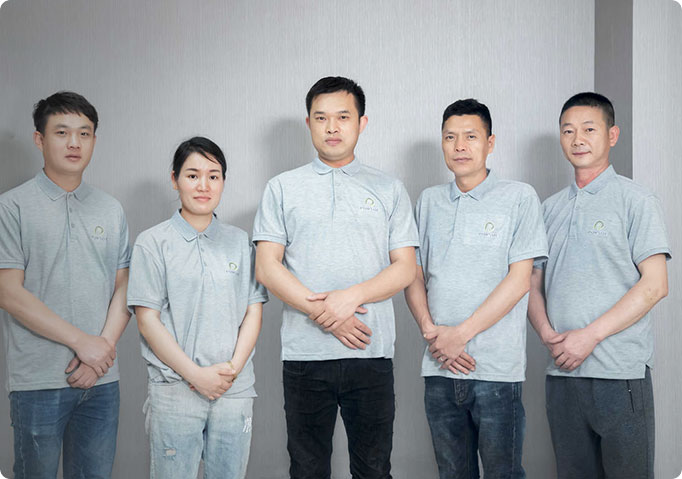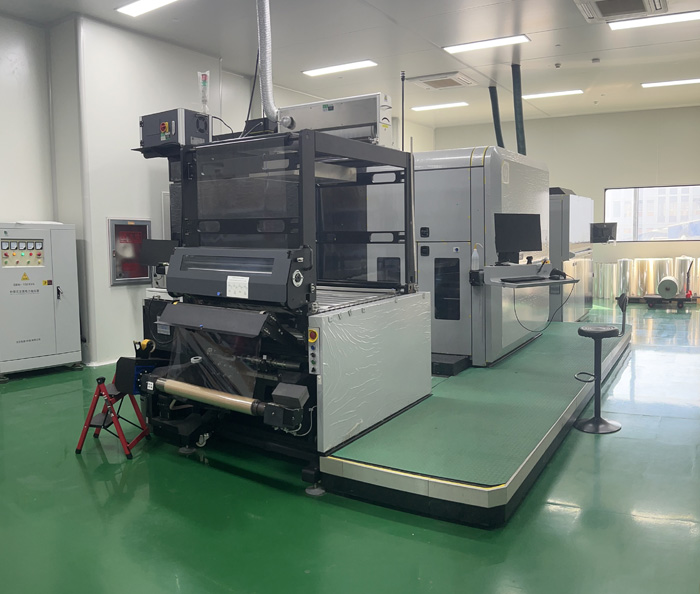Product Categories
Product Categories
Markets
20 +
Industry experience ( Year )
5000 +
Workshop Area
20 +
Patent certificate
60 +
Sales country and region
COMPANY
ABOUT US
WENZHOU PURSUE PACKAGING CO.,LTD
Pursue is a China-based manufacturer of high-quality custom flexible packaging, supplying food brands, packaging distributors, and bulk buyers worldwide. With five advanced production lines, we specialize in stand-up pouches, three side seal pouches, rollstock, and custom-engineered packaging formats.
We're committed to helping our partners grow by delivering reliable supply, scalable production, and packaging built for performance. Our operations follow strict quality

Culture
Our Mission
To empower global brands and packaging distributors with reliable, high-quality flexible packaging solutions—delivered with precision, backed by certification, and supported by responsive, factory-direct service.
Corporate Vision
To be a trusted global partner in flexible packaging—known for consistent quality, scalable production, and a commitment to helping our clients grow through dependable, customized solutions.
Corporate Values
Consistent Quality: We deliver flexible packaging that meets global standards—every batch, every time.
Reliable Partnership: We focus on long-term relationships built on trust, clear communication, and dependable service.
Sustainability
Sustainability Is Our Priority
PURSUE PACKAGING is committed to creating a more sustainable world through our development of earth-friendly packaging solutions

Digital Printing
Digital printing is one of our key advantages. We operate an HP Indigo 25K digital press, specifically dedicated to serving clients with small-batch production needs and those looking to test market response.
June 07, 2025
How Much Cups In 12 OZ Bag of Coffee
When it comes to specialty coffee roasters, there are a lot of factors to think about for packaging. This includes things like color, materials, shape, and extra features. However, one important aspect that often gets overlooked is the coffee bag siz...
June 07, 2025
Are Coffee Bags Like Tea Bags
Do you like getting your morning on the go but can't find a place for a coffee maker in your home? Or you want to replace your usual instant coffee with something more genuine. If you said ‘yes’ to any of these, coffee bags might be just what you nee...